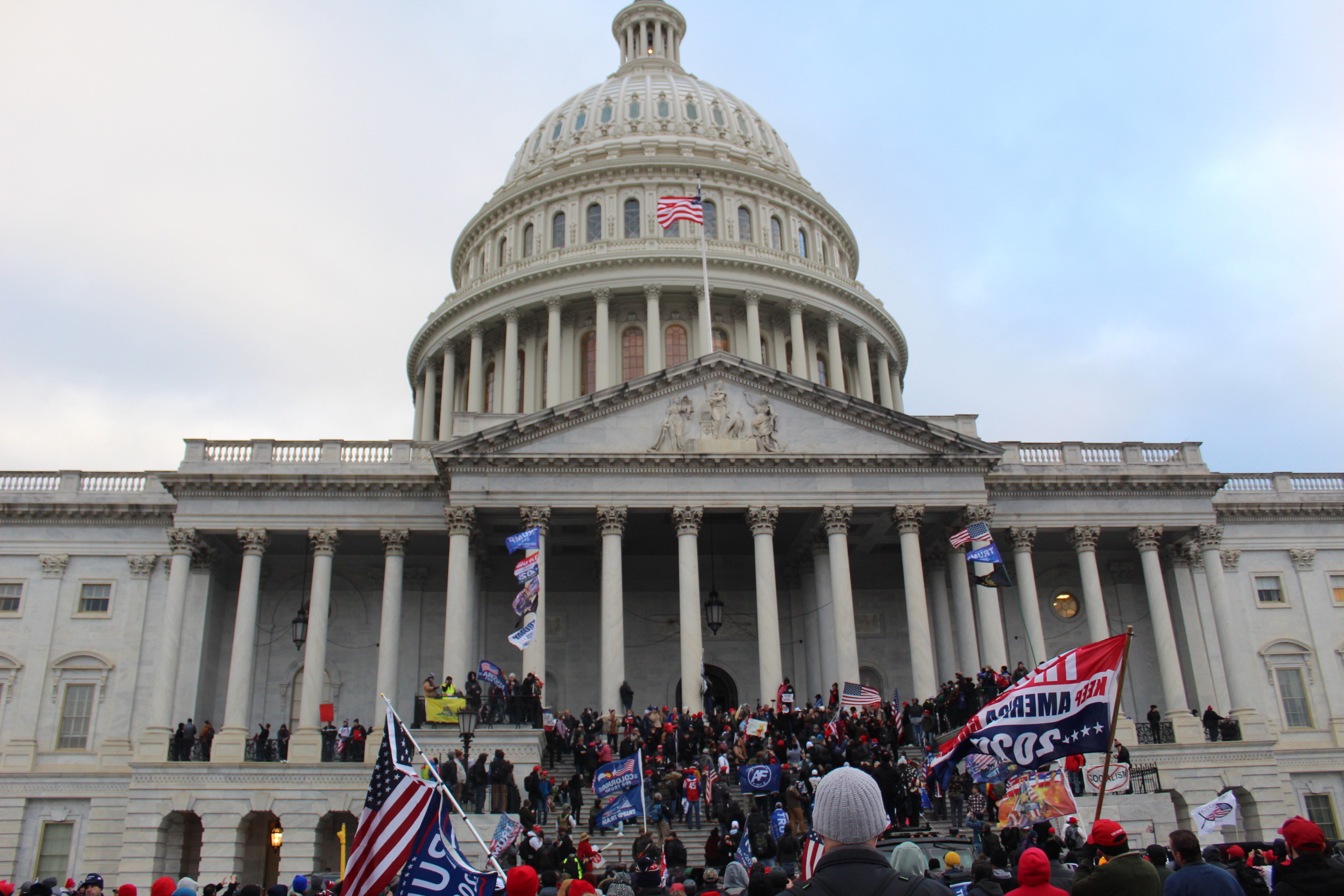The special committee charged with investigating the Jan. 6 attack on the Capitol by rioters bent on disrupting certification of the 2020 presidential election released more than 900 pages of testimony from current and former senior military officials, detailing their actions, reactions and confusion to the violence that day.
Together, their perspectives show uncertainty across the Defense Department on how to react to the crowds assembling at the Capitol, the silence from the White House and the creeping politicization of the military force.
The interviews — which accompany the committee’s 845-page summary of the event — include previously unreleased observations from Joint Chiefs Chairman Gen. Mark Milley, former acting Defense Secretary Chris Miller, former Army Secretary Ryan McCarthy and former District of Columbia National Guard Commander Maj. Gen. William Walker.
Here are some of the previously unreported highlights:
RELATED
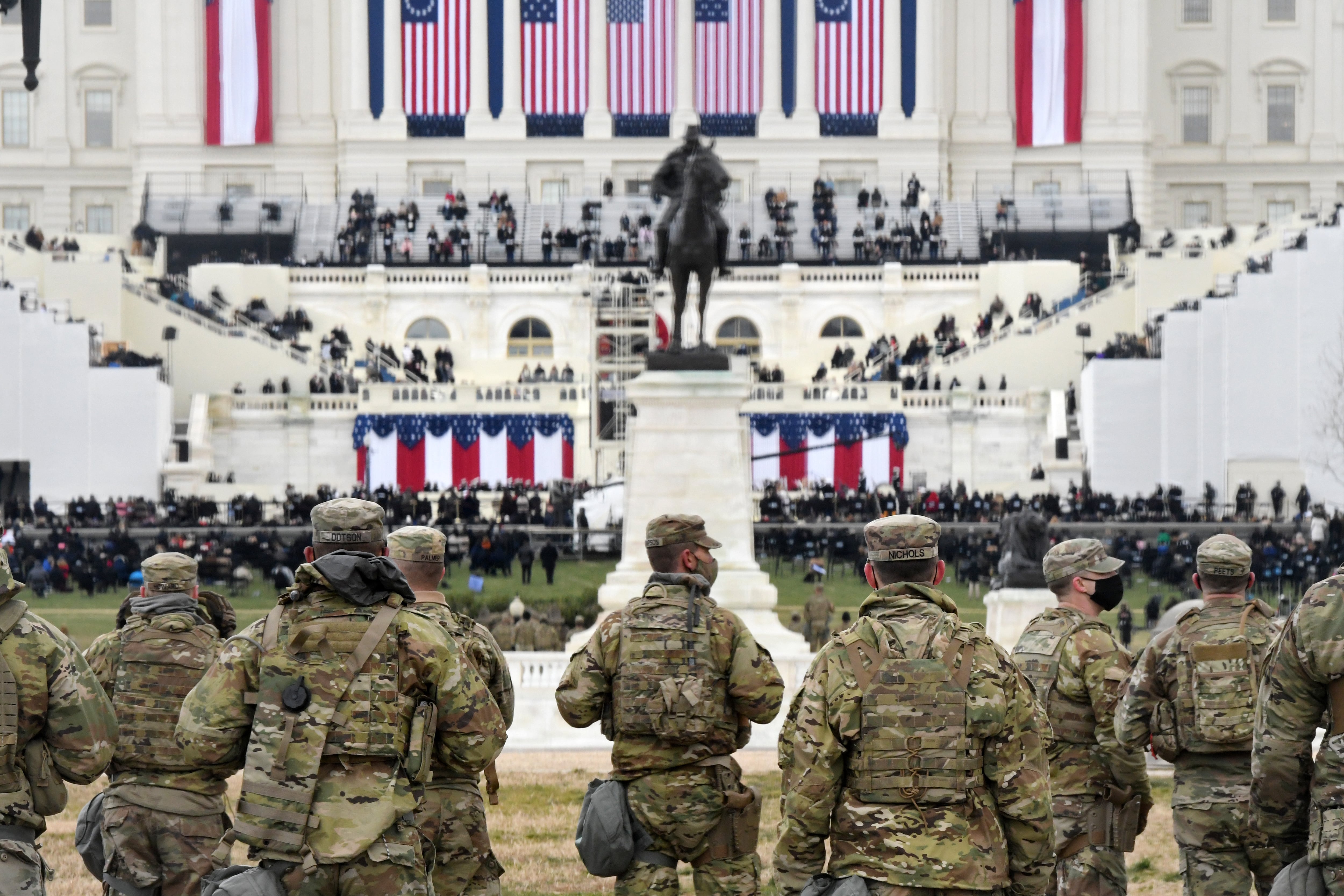
1. DC National Guard leaders didn’t have a direct line to their Pentagon bosses
Amid the chaos of attack on the Capitol, Walker — who would oversee the first National Guard troops deployed to help with security — said he tried to call McCarthy to get clarity on when to send personnel. But after he dialed, he realized that he didn’t have a working number for the Army leader.
“If I wanted to speak to the Secretary, I had to go through Lt. Gen. [Walter] Piatt,” the director of Army Staff, Walker told members of the committee. “So now I’m feeling this go-between between me and the secretary all of the sudden.”
The issue was one of multiple problems with the military response detailed by the committee in its report. Lawmakers blamed those mistakes on miscommunication, rather than malice.
RELATED
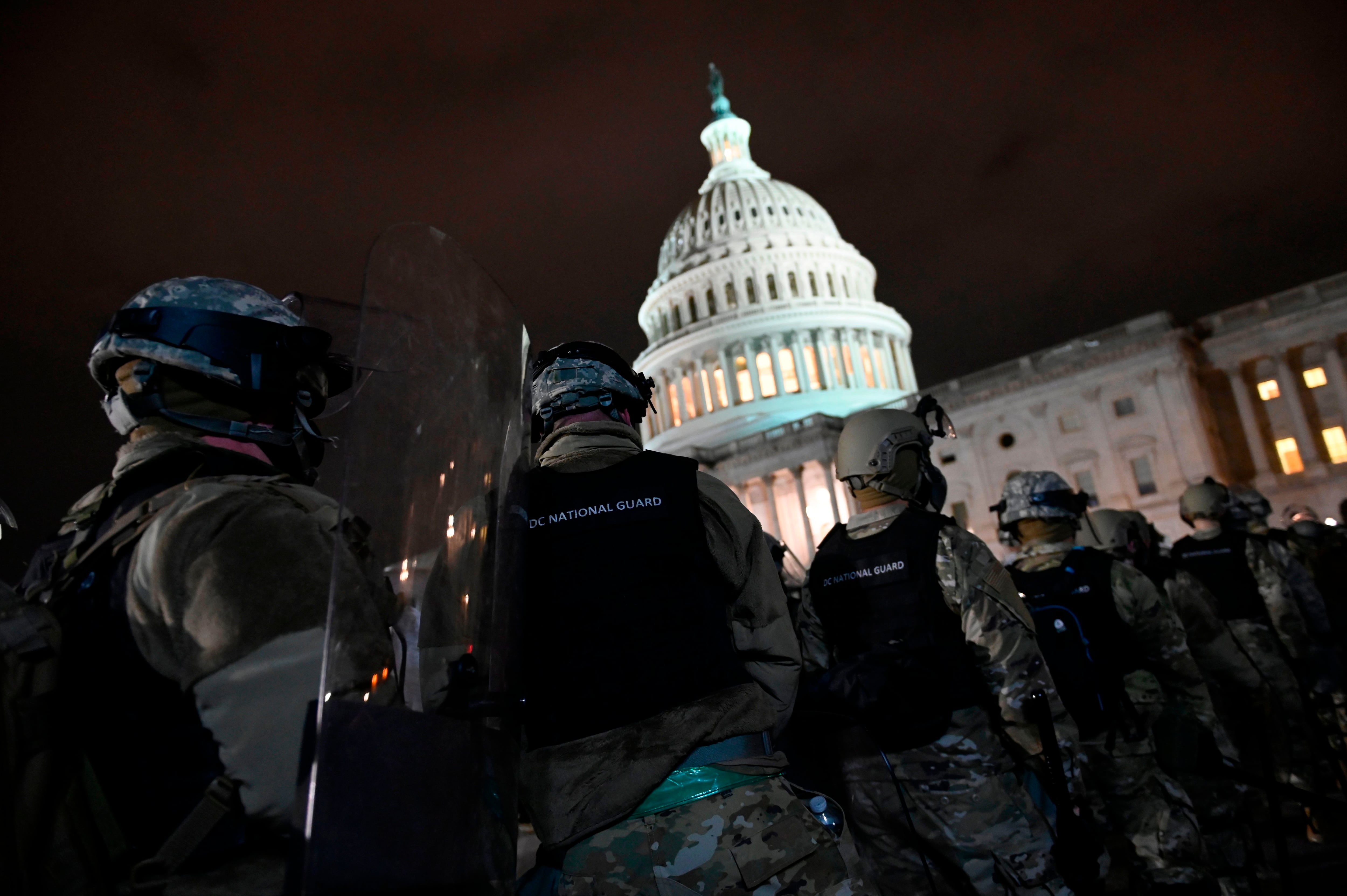
2. Military officials still disagree over who authorized a military response and when
The main sticking point, across multiple witnesses, is the time between 3 p.m. and 6 p.m. that day. Leaders disagreed about when a formal response started.
McCarthy has stuck to the official report of events that the Defense Department put together in the days following Jan. 6, reiterating that he ordered Walker at 3 p.m. to mass the entire D.C. Guard at their armory and come up with a plan for how they would approach the Capitol. Just after 4:30 p.m., with an agreed upon plan to link up with Capitol police, McCarthy thought everything was good to go.
Walker, on the other hand, said he didn’t believe he had full authorization to head to the Capitol until he saw McCarthy announce the Guard’s activation at 5:09 p.m., during a televised press conference with D.C.’s mayor and chief of police. Troops arrived on scene just after 6 p.m.
During public congressional testimony and before the Jan. 6 committee, Walker later expressed frustration particularly that the quick reaction force he assembled ahead of Jan. 6 wasn’t able to respond as soon as Miller gave the approval to deploy D.C. troops around 3 p.m.
RELATED
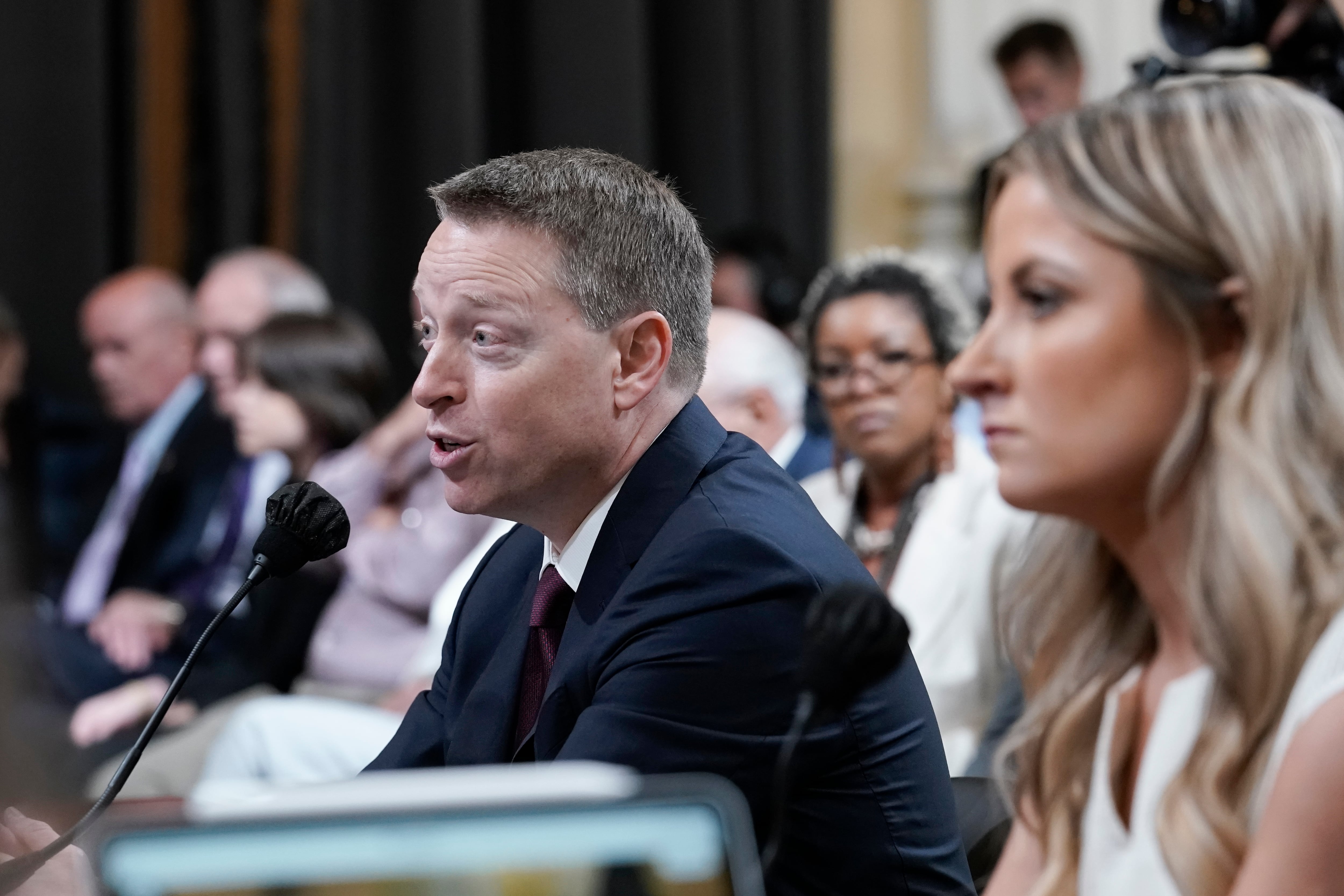
3. Guard troops had strict orders not to share any equipment with other security personnel
An order to prohibit sharing equipment meant no military shields or batons for the Capitol Police, who found themselves unprepared for the size and violence of the crowd.
The problem stemmed from criticism the Guard received for its role in response to civil rights protests in summer 2020. Milley and others worried the response had politicized the Guard, and fed a perception that the military was taking sides in political debate.
“You’ve got other police forces that are wearing camouflage uniforms that look a lot like a military uniform,” Milley said in his testimony. “And to an average American citizen, you know, I can’t distinguish between a cop and a soldier.
“Loaning local police a shield that says military police on it, and then the American people think the military is the guy wielding that baton just because there’s a shield that says military police, or a helmet that says MP, things like that … That was one of the big lessons learned, is to make sure that police are easily identifiable and distinguishable from military forces.”
RELATED
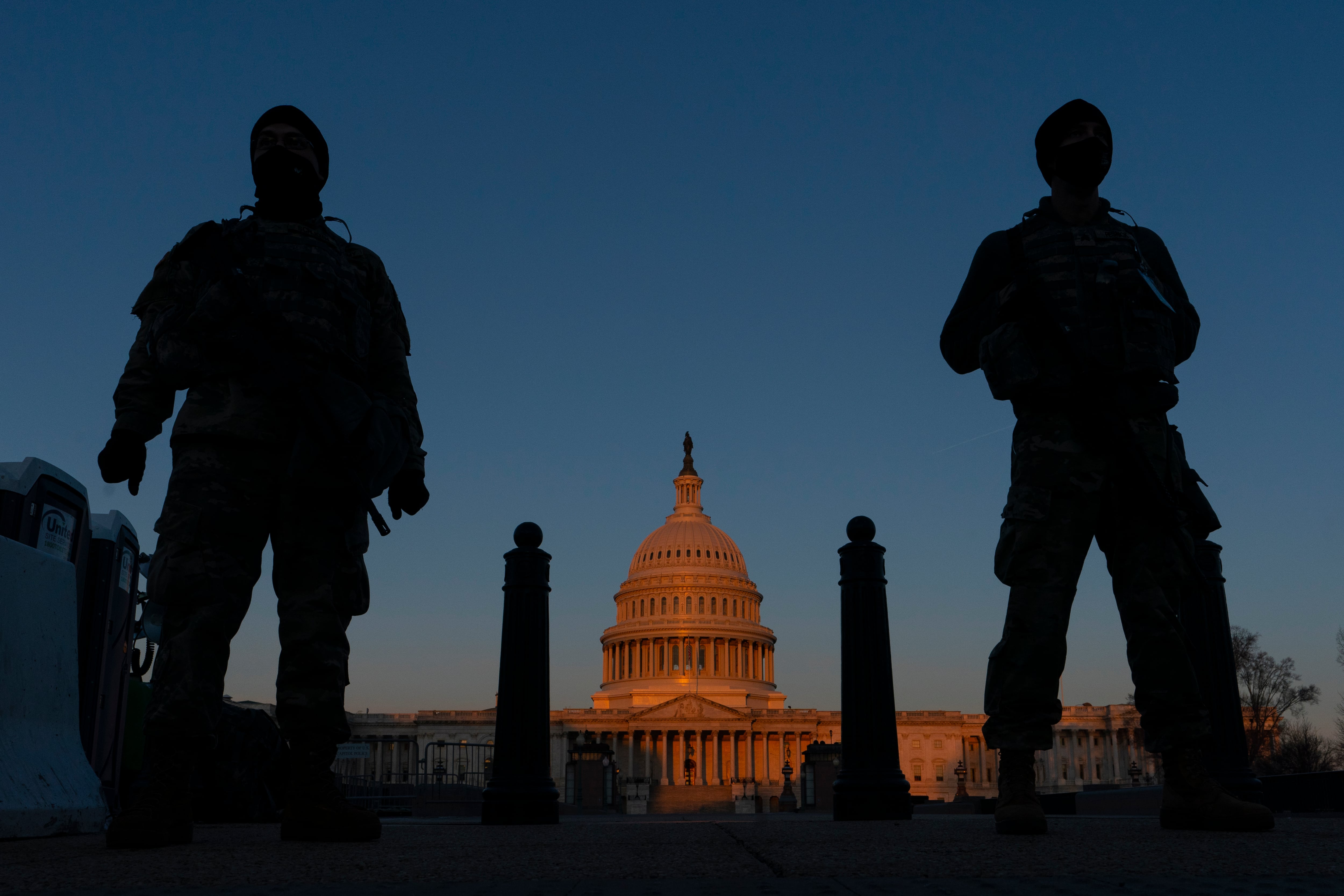
4. Trump didn’t stop the military response to the Capitol, but he didn’t help it either
Contrary to some public claims that Trump obstructed efforts to get Guardsmen to the Capitol to deal with rioters, Milley said that he believed defense officials acted as quickly as possible given the chaotic situation. Personnel was prepped and moved as soon as possible, and was not stalled by a lack of cooperation from Trump.
But the Pentagon’s top officer noted that he and other senior military officials did not speak with Trump at all that day, a situation he found odd.
“You’re the Commander in Chief,” he said of Trump. “You’ve got an assault going on the Capitol of the United States of America, and there’s nothing? No call? Nothing? Zero?
“I thought at the time and I think about it since: [The silence] was highly unusual.”
RELATED
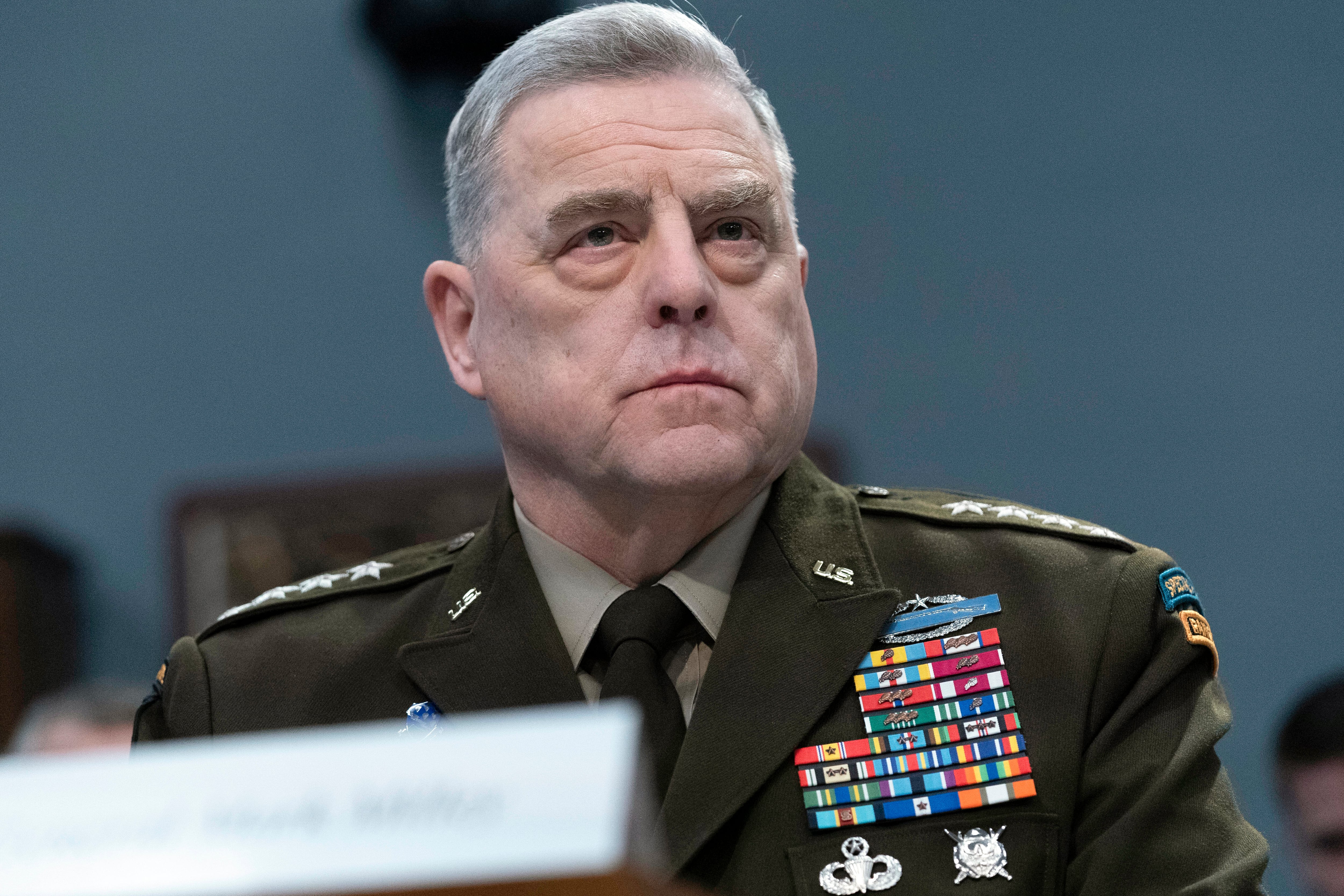
5. Defense officials talked about court-martialing retired Lt. Gen. Mike Flynn
Milley said he had conversations with unnamed officials about taking some kind of legal action against Flynn, who had publicly supported the idea of military leaders seizing voting machines and re-running the 2020 election. But the Joint Chiefs chairman called such a move a logistical and political nightmare.
“Flynn is saying things and doing things that I absolutely fundamentally disagree with on so many levels,” he told the committee. “But bringing him back on active duty to court-martial him and subject him to crimes based on the Uniform Code of Military Justice is a giant step … I don’t think it rises to that level.”
Milley said Trump had also floated a similar idea for other generals who spoke out against his administration. The chairman similarly opposed that idea.
Leo covers Congress, Veterans Affairs and the White House for Military Times. He has covered Washington, D.C. since 2004, focusing on military personnel and veterans policies. His work has earned numerous honors, including a 2009 Polk award, a 2010 National Headliner Award, the IAVA Leadership in Journalism award and the VFW News Media award.
Meghann Myers is the Pentagon bureau chief at Military Times. She covers operations, policy, personnel, leadership and other issues affecting service members.
